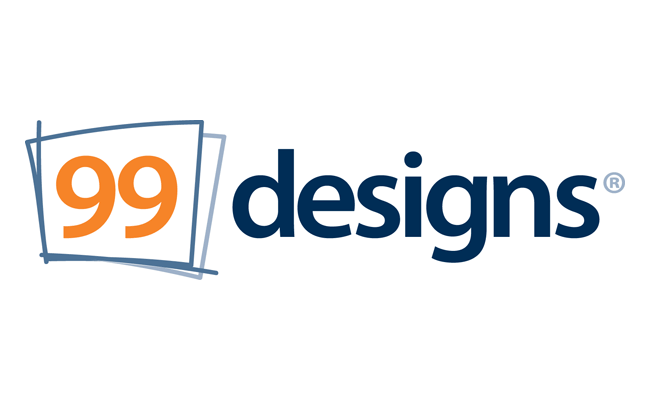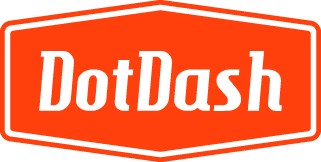Written by Simon Geraghty.
Part 3: how to crowd-source your company logo
Early days
I loved spending hours of my teenage years stencilling the names of my favourite band of the month on schoolbags, copy books, homemade posters, you name it. I was always drawn to intricate band logos and striking graphic design. As a pre-teen I started off with Madness, and the Madness M. My musical tastes leaped genres (from rude boy to rocker!) and on to bands such as AC/DC, Black Sabbath, Motorhead, Metallica, Slayer. Then on to some really underground bands like Dirty Rotten Imbeciles, Corrosion of Conformity, the Dead Kennedys and Crass.
My logo design process for Dot Dash started off with me using Wordle for my first proposal (http://www.wordle.net/). Wordle is a great tool for developing a word cloud on a particular theme, one of the planners at O2 would drop it in in any slide deck he drafted. Playing around in Wordle gave me a full 45 minutes of fun, developing my first ever company logo.
Along came the highly motivated Johnny Campbell from Social Talent (www.socialtalent.co) who pointed me in the direction of a site called 99 Designs (http://99designs.com/). 99 Designs is an Australian company run out of the US. The website pays the designer, less a commission and you get access to design studios worldwide.
As a cloud based service, all information is hosted on the site until you award a winner at which point the design is transferred into your hands. They publish the contest on their twitter feed and you end up working with a range of international designers whom you’ve never met.
Getting Started
You choose the type of package, with a standard referential pricing model, gold, silver or bronze packages. You get a cooling off period at which point you can step away from the competition, but once you guarantee the prize, in my case US$295, you are committed to the cause.
The site provides a comprehensive brief where you tell the designers what your business does, who is your target audience, what makes them tick and whether you’d prefer an emblem style design or a pictorial mark. You also choose where your brand sits on a sliding scale from a range of value sets such as:
- Feminine v Masculine
- Modern v Classic
- Playful v Serious
- Loud v Quiet
- Simple v Complex
You then provide your preferred colour palette. Other information I gave the designers to get them started was a list of brands and logos I admire such as: Lego, SubPop, Leica, Vespa, Penguin (both clothing & publishing), Lyle & Scott, Tiger (footwear/ trainers) and Fred Perry.
And they’re off…
So I created my competition, which was due to run for 7 days, and in less than less than 24 hours I had seven designers working on the design and 35 submissions.
To keep on top of the competition I checked the site first thing in the morning and again in the evening, making sure I gave feedback to designers once a day. This ranged from requesting changes in font, colour or other elements of the design, to ranking a design on a 5 point scale, right through to eliminating designs. As with anything open to such a wide pool of entrants you need to spend time separating wheat from the chaff.
Their website lets you rate and provide feedback individually and collectively to the designers taking part. There are other interesting features such as creating a poll for a small sample, or even posting the poll on your Facebook or Twitter pages. While I felt the latter ideas might be tempting crowd pleasing gestures, I decided to contain my poll up to a visually literate pool of friends working in marketing, web-design, graphic design, editing, photography and film production. I then decided to ignore 90% of their advice.
The final furlong….
In the final hours of the competition there seemed to be a new design coming in every 10 minutes. This almost became overwhelming by the end of the competition I had 225 submissions in total. While I didn’t want to discount any design at any stage of the competition, I had narrowed a shortlist of 5 designs from 3 lead designers and wanted to the last 24 hours of the competition to sharpen these final designs.
The winning designer, Duskbitz, showed he (or she) understood the brief really well early on in the competition and helped me to evolve the concept right to the end. I am also grateful to my offline contributors who challenged my thinking.
Finally, the helpdesk at 99designs was always prompt in replying to emails giving you a sense that there was someone home behind the shiny web interface, and they kindly extended the competition by 24 hours to give me more time to narrow the field and choose the winner.
Horray for Web 2.0! Let me know what you think of the logo?

